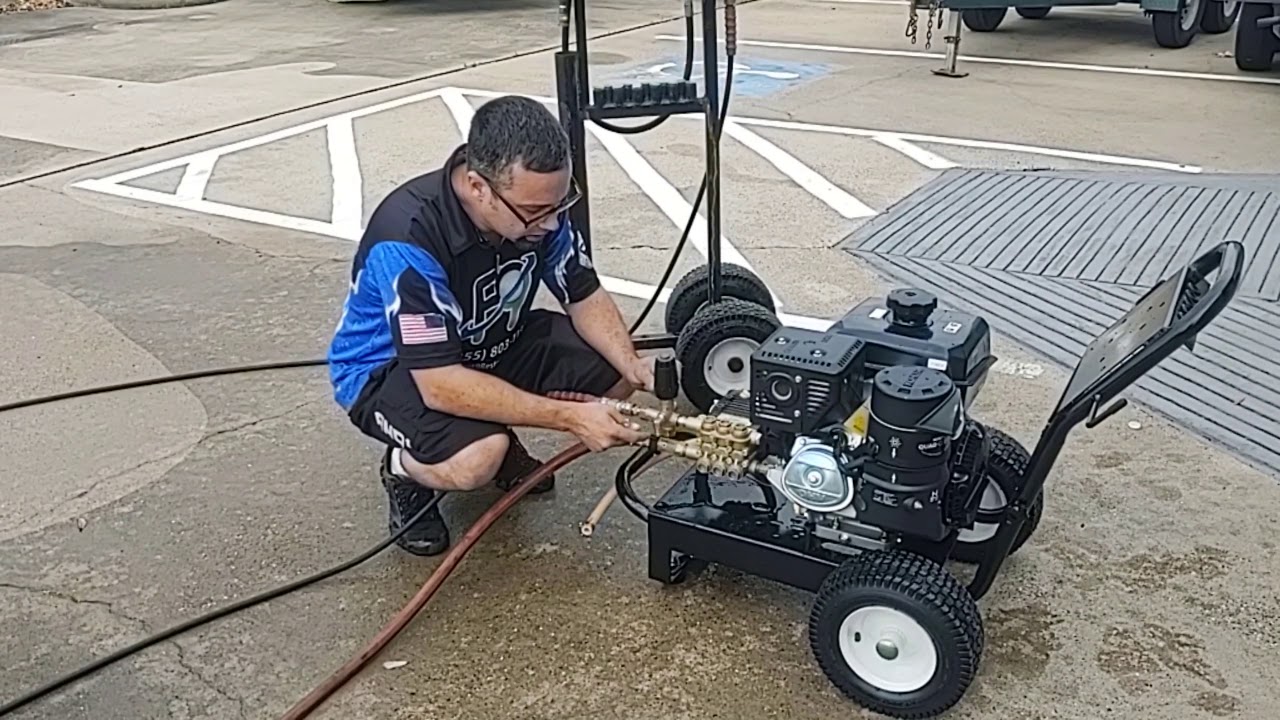

Articles
How To Adjust Pressure Washer Unloader Valve
Modified: May 6, 2024
Learn how to adjust the pressure washer unloader valve with our informative articles. Improve your cleaning power and prevent damage to your equipment.
(Many of the links in this article redirect to a specific reviewed product. Your purchase of these products through affiliate links helps to generate commission for Storables.com, at no extra cost. Learn more)
Introduction
Pressure washers are incredibly useful tools that make cleaning tasks much easier and more efficient. Whether you’re cleaning your driveway, patio, or even your car, a pressure washer can help you blast away dirt, grime, and other tough stains. However, to ensure that your pressure washer performs at its best, it’s crucial to understand and maintain its components properly.
One essential component of a pressure washer is the unloader valve. The unloader valve is responsible for regulating the pressure and directing the flow of water in the system. It ensures that the pressure washer doesn’t overload or get damaged due to excessive pressure. However, over time, the unloader valve may need adjustment to maintain optimal functionality.
In this article, we’ll guide you through the process of adjusting the pressure washer unloader valve to ensure that your pressure washer works smoothly and efficiently. We’ll also discuss the signs that indicate when the unloader valve needs adjustment and provide you with some useful tips for maintaining it.
Key Takeaways:
- Proper adjustment and maintenance of the pressure washer unloader valve are crucial for consistent pressure, efficient cleaning, and preventing potential damage to the pressure washer components.
- Testing the adjusted unloader valve and following a regular maintenance schedule, including cleaning, lubrication, and inspections, are essential for prolonging the lifespan and optimizing the performance of the pressure washer.
Understanding the Pressure Washer Unloader Valve
The pressure washer unloader valve plays a critical role in the overall functioning of the pressure washer. It is designed to regulate the pressure inside the system and divert the excess water flow back into the inlet side of the pump.
When you pull the trigger on a pressure washer, the water flows through the pump and out of the nozzle at high pressure. Without an unloader valve, the pressure would continue to rise, potentially damaging the pump or causing other components to fail.
The unloader valve works by sensing the pressure at the discharge side of the pump. Once the set pressure is reached, the valve opens to redirect the water flow to the inlet side of the pump, effectively bypassing the high-pressure water flow. This process ensures that the pressure remains stable and within safe limits.
There are several types of unloader valves used in pressure washers, including the flow-activated unloader valve and the pressure-activated unloader valve. The flow-activated valve opens when the water flow exceeds a certain rate, while the pressure-activated valve opens when the pressure reaches a predetermined level.
It’s important to note that each pressure washer model or brand may have a slightly different unloader valve setup. Therefore, it’s essential to consult your pressure washer’s manual or manufacturer’s instructions to understand the specific configuration and adjustment process for your model.
Signs That the Unloader Valve Needs Adjustment
Knowing when to adjust the unloader valve in your pressure washer is crucial for maintaining its performance and avoiding potential damage. Here are some signs that indicate the unloader valve may need adjustment:
- Low Pressure: If you notice a significant drop in pressure while using your pressure washer, it could be a sign that the unloader valve is not functioning properly. Low pressure can result in inefficient cleaning and prolong the time it takes to complete tasks.
- Pressure Spikes: On the other hand, if you experience sudden bursts or spikes in pressure during operation, it could be an indication that the unloader valve is not properly regulating the pressure. This can be dangerous and may damage the pump or other components.
- Leaking Water: Another sign of an unloader valve issue is water leaking from the pressure washer when it is not in use. The valve should close tightly when you release the trigger, preventing any water from escaping. If water continues to leak, it may be a sign that the valve needs adjustment.
- Pump Running Constantly: If you notice that your pressure washer’s pump keeps running even when you’re not using the machine, it could be due to an improperly adjusted unloader valve. The valve should be able to divert the water flow and relieve the pressure, allowing the pump to stop running in idle mode.
- Hot Water Temperature: If the water coming out of your pressure washer is unusually hot, it may indicate that the unloader valve is not functioning correctly. The valve may not be diverting enough water, causing excess heat buildup in the system.
If you notice any of these signs while using your pressure washer, it’s time to check and potentially adjust the unloader valve.
Tools Needed for Adjusting the Pressure Washer Unloader Valve
Before you begin adjusting the pressure washer unloader valve, it’s important to gather the necessary tools to ensure a smooth and efficient process. Here are the tools you’ll need:
- Adjustable Wrench: An adjustable wrench is a versatile tool that will help you loosen and tighten various components of the pressure washer, including the unloader valve.
- Pressure Gauge: A pressure gauge is essential for accurately measuring the pressure of your pressure washer. This will help you determine if adjustments are needed and ensure proper calibration of the unloader valve.
- Screwdriver (Flathead or Phillips): Depending on the type of screws or bolts used in your pressure washer’s unloader valve assembly, you’ll need a suitable screwdriver to loosen or tighten them during the adjustment process.
- Protective Gloves and Safety Glasses: Safety should always be a priority when working with pressure washers. Wearing protective gloves and safety glasses will help protect your hands and eyes from any potential hazards.
- Pen and Paper: It’s always a good idea to have a pen and paper handy to jot down any measurements or notes during the adjustment process. This will help you keep track of the changes you make and troubleshoot any issues that may arise later.
Make sure to have these tools readily available before you start adjusting the pressure washer unloader valve. Being prepared will help you work efficiently and minimize any potential interruptions during the process.
Step-by-Step Guide to Adjusting the Pressure Washer Unloader Valve
Adjusting the pressure washer unloader valve may seem daunting, but with the right steps, it can be a straightforward process. Follow this step-by-step guide to adjust the unloader valve on your pressure washer:
- Prepare the Pressure Washer: Start by turning off the pressure washer and ensuring that it is disconnected from any power source. This will help prevent any accidents or injuries during the adjustment process.
- Locate the Unloader Valve: Consult your pressure washer’s manual or manufacturer’s instructions to locate the unloader valve. In most cases, it is located near the outlet connection on the pump.
- Relieve Pressure: Before making any adjustments, relieve the pressure in the system by squeezing the trigger of the pressure washer. This will release any trapped pressure and make it safer to work on the unloader valve.
- Adjust the Pressure Setting: Depending on your pressure washer model, you may be able to adjust the pressure setting using a knob or screw on the unloader valve. Use an adjustable wrench or screwdriver to make gradual adjustments, either clockwise or counterclockwise, to increase or decrease the pressure threshold.
- Measure the Pressure: Use a pressure gauge to measure the pressure at the nozzle of the pressure washer. This will help you determine if the adjustments are having the desired effect. Ideally, the pressure should be within the recommended range specified in your pressure washer’s manual.
- Test and Fine-tune: After making the initial adjustments, test the pressure washer by engaging the trigger and observing the water flow and pressure. If necessary, make further adjustments to achieve the desired pressure and flow rate.
- Secure and Reassemble: Once you are satisfied with the adjustment, secure the unloader valve by tightening any screws or bolts. Ensure that all connections are tightly secured to prevent leaks or loose fittings.
- Perform a Final Test: To ensure that the adjusted unloader valve is functioning correctly, perform a final test by operating the pressure washer at full pressure and checking for any signs of low pressure, pressure spikes, or leaks.
Always refer to your pressure washer’s manual for specific instructions and safety precautions. If you are unsure or uncomfortable with adjusting the unloader valve yourself, it is recommended to seek assistance from a professional.
When adjusting the pressure washer unloader valve, start by turning the knob counterclockwise to decrease pressure and clockwise to increase pressure. Make small adjustments and test the pressure after each one to find the optimal setting.
Read more: How To Adjust Pressure On Pressure Washer
Common Mistakes to Avoid During Adjustment
Adjusting the pressure washer unloader valve requires precision and attention to detail to ensure optimal performance. To avoid potential issues and complications, it is important to be aware of and avoid these common mistakes:
- Incorrect Pressure Adjustments: One of the most common mistakes is making drastic pressure adjustments. It is crucial to make gradual changes to the pressure setting to avoid damaging the pressure washer or compromising its performance.
- Ignoring Manufacturer Guidelines: Each pressure washer model may have specific guidelines and instructions for adjusting the unloader valve. Ignoring or neglecting these manufacturer guidelines can lead to improper adjustments and potential damage to the pressure washer.
- Failing to Relieve Pressure: Before attempting any adjustments, it is essential to relieve the pressure in the system by squeezing the trigger. Failing to relieve the pressure can result in accidents or damage to the pressure washer.
- Not Testing the Adjustments: Once adjustments are made, it is important to test the pressure washer’s performance thoroughly. Failing to test the adjustments can leave you unaware of any unresolved issues or incorrect adjustments made.
- Overlooking Leaks: During the adjustment process, it is crucial to check for any leaks or drips from connections and the unloader valve itself. Overlooking leaks can lead to diminished performance or damage to the pressure washer over time.
- Skipping Regular Maintenance: Adjusting the unloader valve should not be the only maintenance task performed on a pressure washer. Regular maintenance, such as cleaning filters, inspecting hoses, and checking oil levels, is vital for the long-term functionality and efficiency of the pressure washer.
- Working without Safety Precautions: Safety should always be a priority when working with pressure washers. Failing to wear protective gloves, safety glasses, or other necessary safety gear can lead to injuries or accidents during the adjustment process.
By being aware of these common mistakes and taking the necessary precautions, you can ensure a successful adjustment of the pressure washer unloader valve and prolong the lifespan of your pressure washer.
Testing the Adjusted Unloader Valve
Once you have adjusted the pressure washer’s unloader valve, it is essential to thoroughly test its performance to ensure that it is functioning properly. Here are the steps to test the adjusted unloader valve:
- Prepare the Pressure Washer: Start by reconnecting the pressure washer to its power source and ensuring that all connections are secure.
- Turn on the Pressure Washer: Switch on the pressure washer and allow it to build up pressure. Check for any leaks or abnormal sounds during this process.
- Engage the Trigger: Squeeze the trigger and observe the water flow and pressure. The pressure should be consistent and within the desired range that you adjusted.
- Check for Proper Functioning: As you continue to use the pressure washer, pay attention to any signs of low pressure, pressure spikes, or leaks. These could indicate that the unloader valve adjustment still needs further fine-tuning.
- Monitor Temperature: Keep an eye on the temperature of the water and the pressure washer itself. If the water temperature becomes excessively hot or if the pressure washer shows signs of overheating, stop using it immediately and recheck the unloader valve adjustment.
- Perform Various Cleaning Tasks: Test the adjusted unloader valve by performing different cleaning tasks using your pressure washer. This will help you evaluate if the pressure and flow are consistent and suitable for different surfaces and cleaning needs.
- Observe Water Flow Interruptions: During the cleaning tasks, pay attention to any interruptions or fluctuations in the water flow. If you notice any irregularities, it may indicate a problem with the unloader valve adjustment.
- Make Further Adjustments, if Necessary: If you encounter any issues or inconsistencies during testing, you may need to make further adjustments to the unloader valve. Refer to your pressure washer’s manual or consult a professional for guidance.
- Record any Observations: Throughout the testing process, make note of any observations, including pressure readings, water flow, and any issues you encounter. This information will be helpful for future reference and troubleshooting.
By thoroughly testing the adjusted unloader valve, you can ensure that your pressure washer operates smoothly and efficiently. If you encounter any persistent issues or uncertainties, do not hesitate to seek assistance from a professional or the manufacturer.
Tips for Proper Maintenance of the Pressure Washer Unloader Valve
Maintaining the pressure washer’s unloader valve is crucial for its long-term performance and efficiency. Here are some essential tips to help you properly maintain the pressure washer unloader valve:
- Regular Cleaning: Clean the pressure washer and its components regularly to prevent dirt, debris, or buildup from affecting the unloader valve’s functionality.
- Inspect for Damage: Routinely check the unloader valve for any signs of wear, damage, or leaks. Replace any worn-out or damaged components promptly.
- Lubrication: Apply lubricant to the moving parts of the unloader valve according to the manufacturer’s recommendations. This will help ensure smooth operation and prevent corrosion.
- Check Water Filters: Inspect and clean the water filters regularly to prevent debris from entering the pressure washer and potentially clogging the unloader valve.
- Preventive Maintenance Schedule: Create a regular maintenance schedule for your pressure washer, including the inspection and cleaning of the unloader valve. This will help identify and address any issues before they escalate.
- Monitor Water Quality: Use clean, filtered water to prevent contaminants from entering the pressure washer and causing damage or clogging the unloader valve.
- Store Properly: When storing your pressure washer, protect it from extreme temperatures, moisture, and direct sunlight. Store it in a clean and dry location to prevent rust or damage to the unloader valve.
- Refer to the Manual: Consult your pressure washer’s manual to understand the specific maintenance requirements and recommendations for the unloader valve. Follow the manufacturer’s instructions for proper care.
- Professional Servicing: If you are unsure about any maintenance tasks or if you encounter persistent issues with the unloader valve, it is advisable to seek professional servicing from a qualified technician.
- Adhere to Safety Guidelines: Always prioritize safety when working on or around the pressure washer. Wear protective gear, disconnect the power source, and follow all safety guidelines outlined in the manual.
By following these maintenance tips, you can ensure that your pressure washer’s unloader valve remains in optimal condition, leading to better performance and an extended lifespan for your machine.
Conclusion
The pressure washer unloader valve plays a crucial role in maintaining the performance and longevity of your pressure washer. By understanding its function and knowing how to adjust and maintain it properly, you can ensure that your pressure washer operates smoothly and efficiently, delivering consistent pressure and water flow.
In this article, we discussed the importance of the unloader valve and the signs that indicate when it needs adjustment. We also provided a step-by-step guide for adjusting the unloader valve, along with common mistakes to avoid during the process. Additionally, we emphasized the significance of testing the adjusted unloader valve to ensure its proper functioning.
To prolong the lifespan of your pressure washer and unloader valve, we shared essential tips for proper maintenance, including regular cleaning, inspections, lubrication, and adherence to manufacturer guidelines. By following these maintenance practices, you can prevent damage, keep the unloader valve in optimal condition, and optimize the performance of your pressure washer.
Remember, always prioritize safety when working with your pressure washer. Adhere to safety guidelines, wear protective gear, and seek professional assistance when needed.
By taking the time to understand, adjust, and maintain the pressure washer unloader valve, you can ensure that your pressure washer continues to deliver powerful cleaning performance for years to come.
Now that you've mastered adjusting your pressure washer unloader valve, why stop there? Keep your momentum going and soak up more savvy advice with our next feature, packed with pressure washer tips. Whether you're sprucing up your siding or giving your driveway a deep clean, these insights will surely make a splash and help you clean like a pro. Don't miss out on boosting your efficiency and extending the life of your gear with these handy pointers!
Frequently Asked Questions about How To Adjust Pressure Washer Unloader Valve
Was this page helpful?
At Storables.com, we guarantee accurate and reliable information. Our content, validated by Expert Board Contributors, is crafted following stringent Editorial Policies. We're committed to providing you with well-researched, expert-backed insights for all your informational needs.
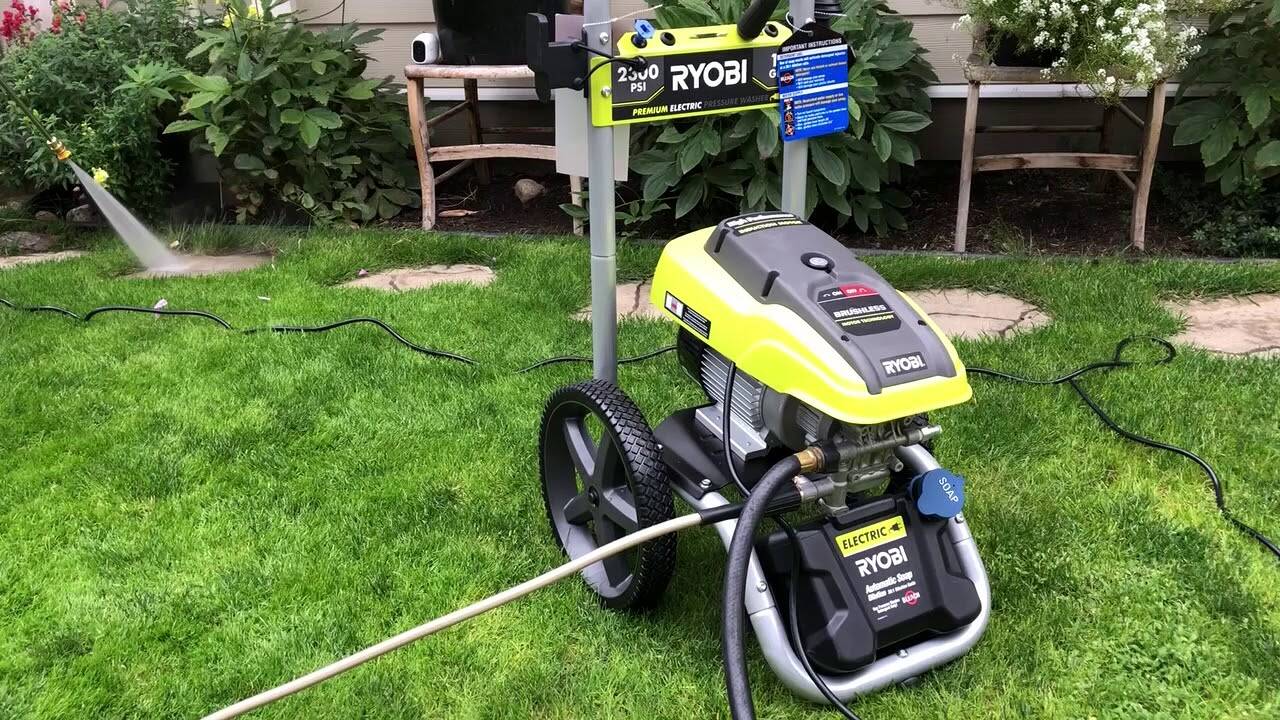
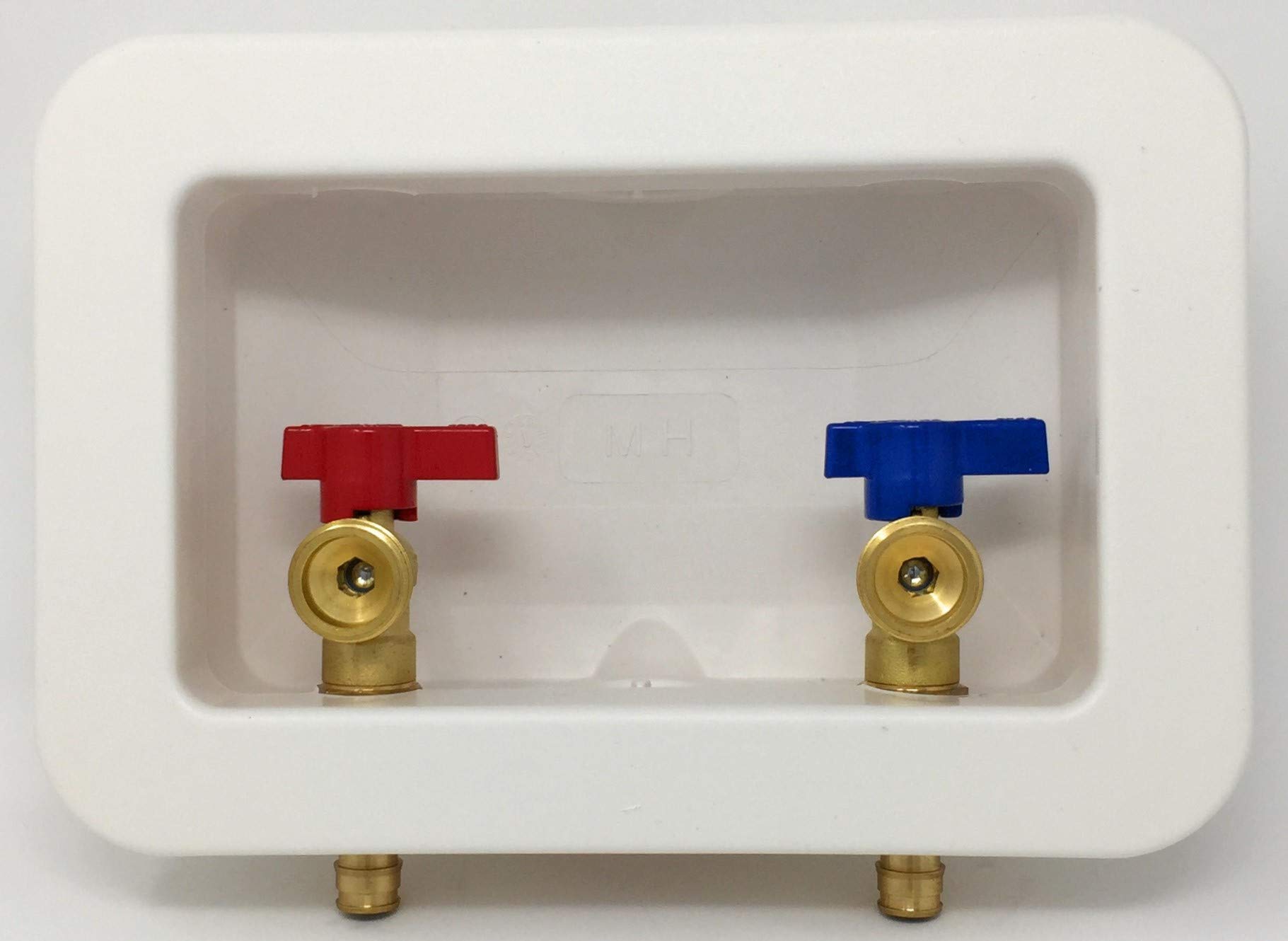
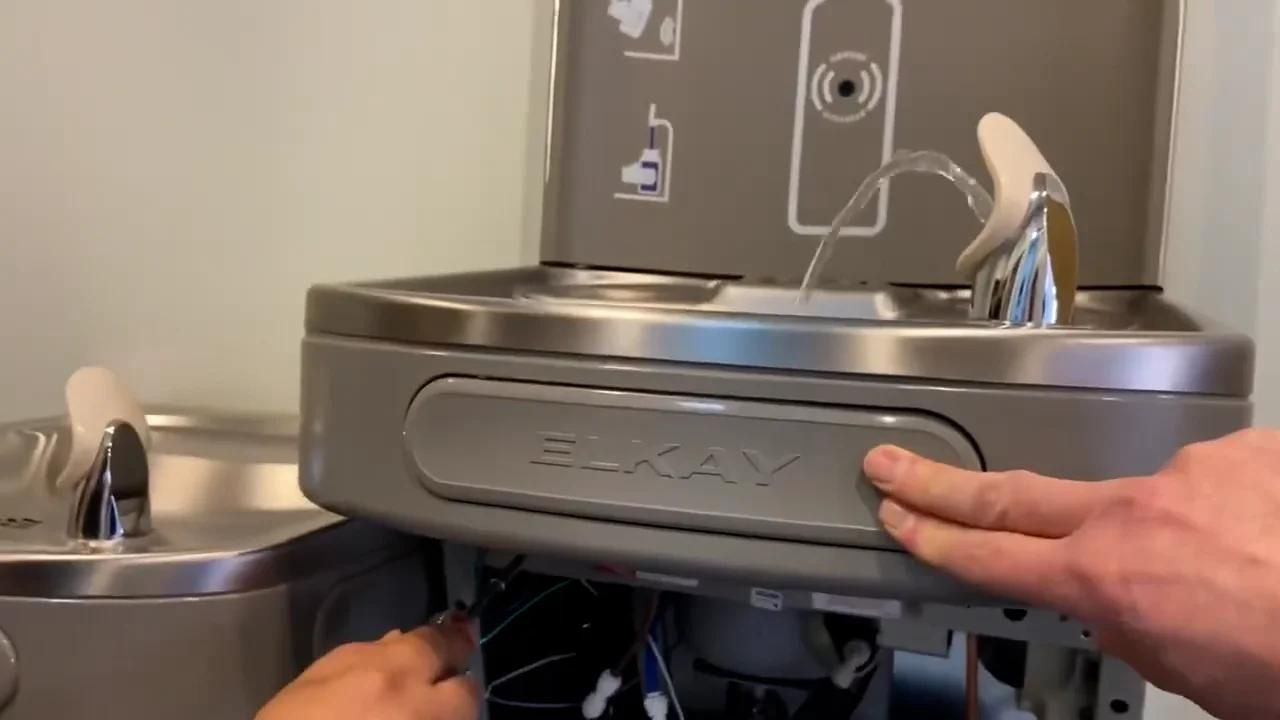
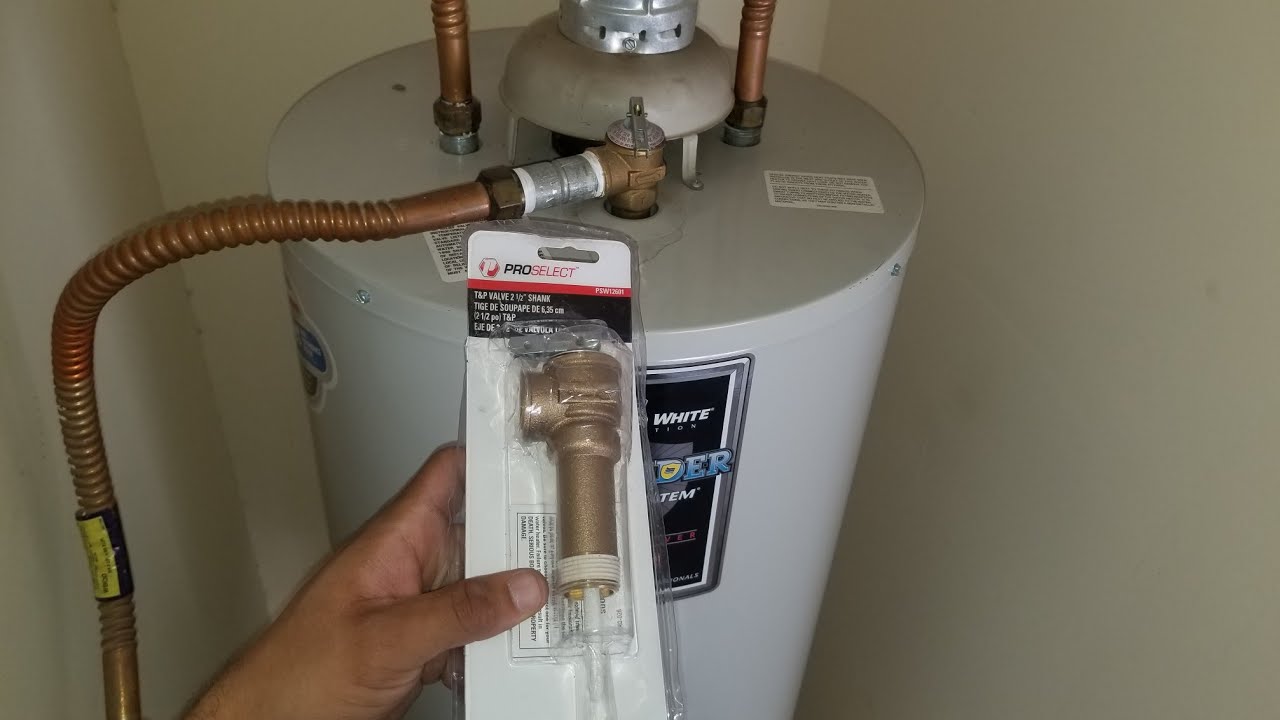
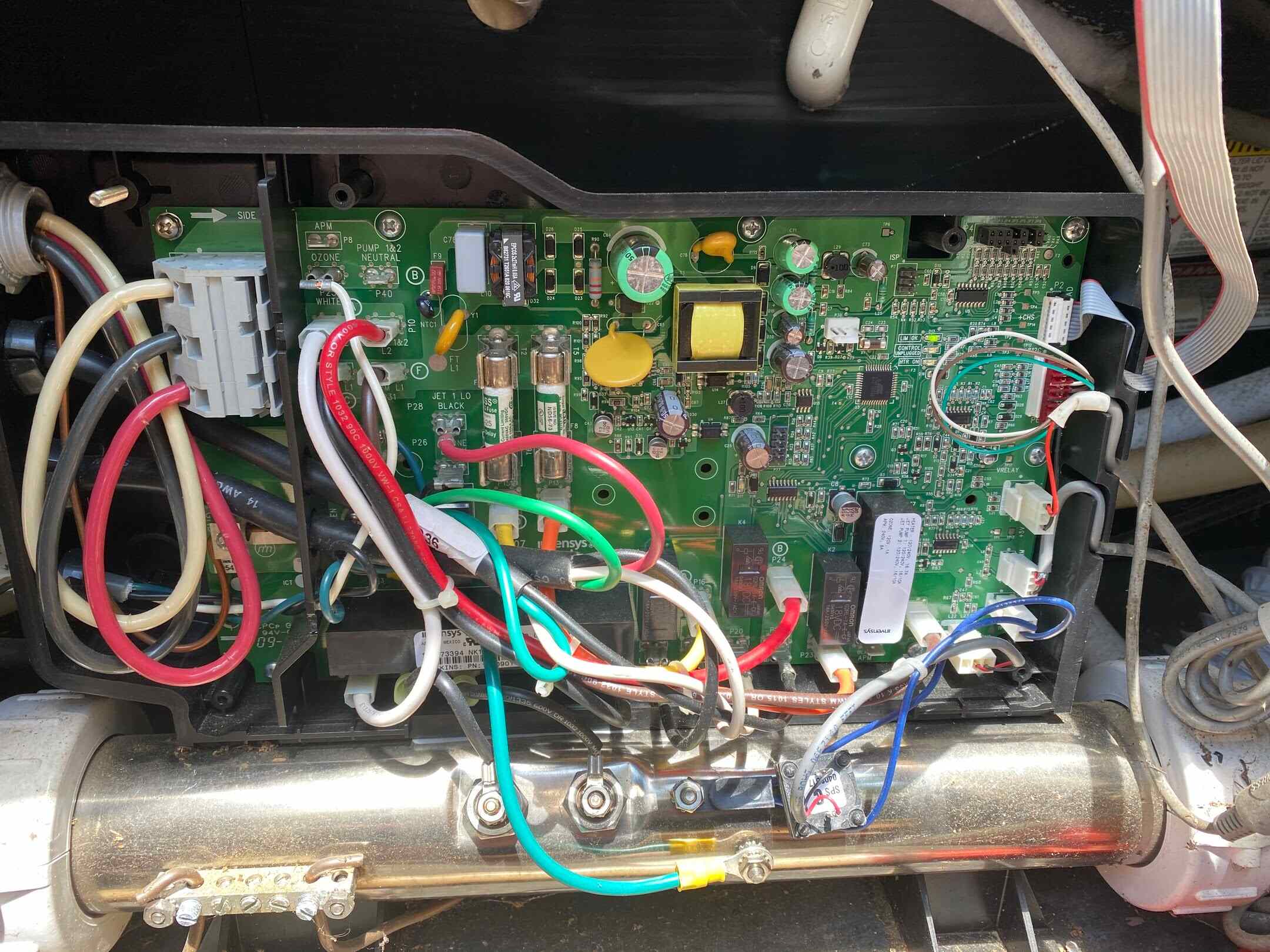
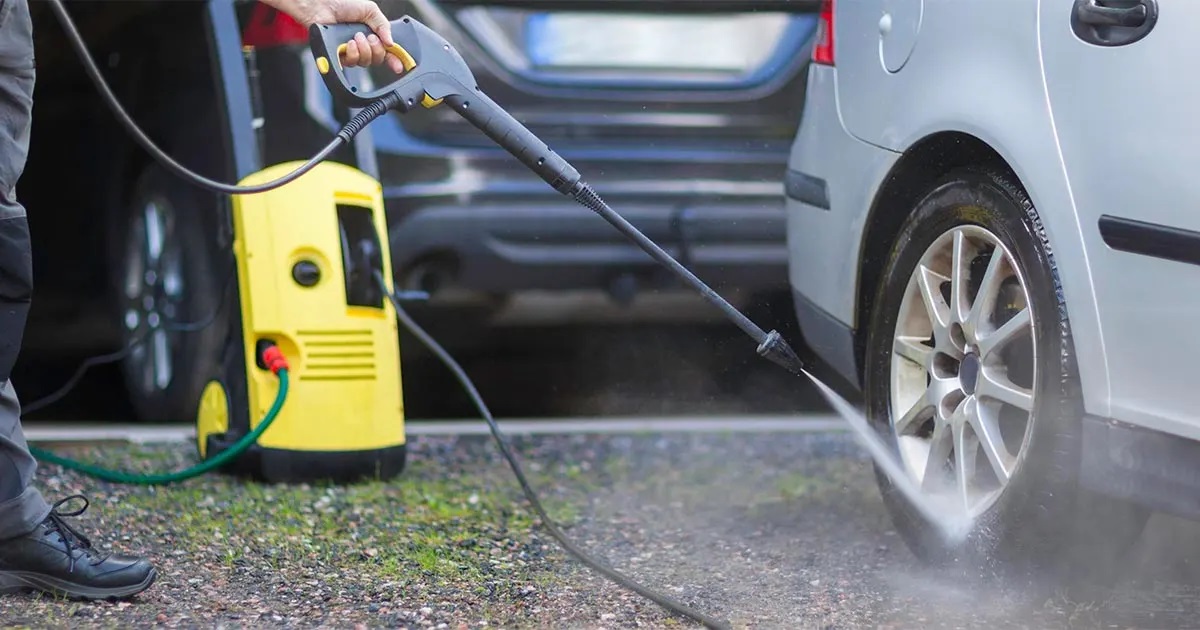
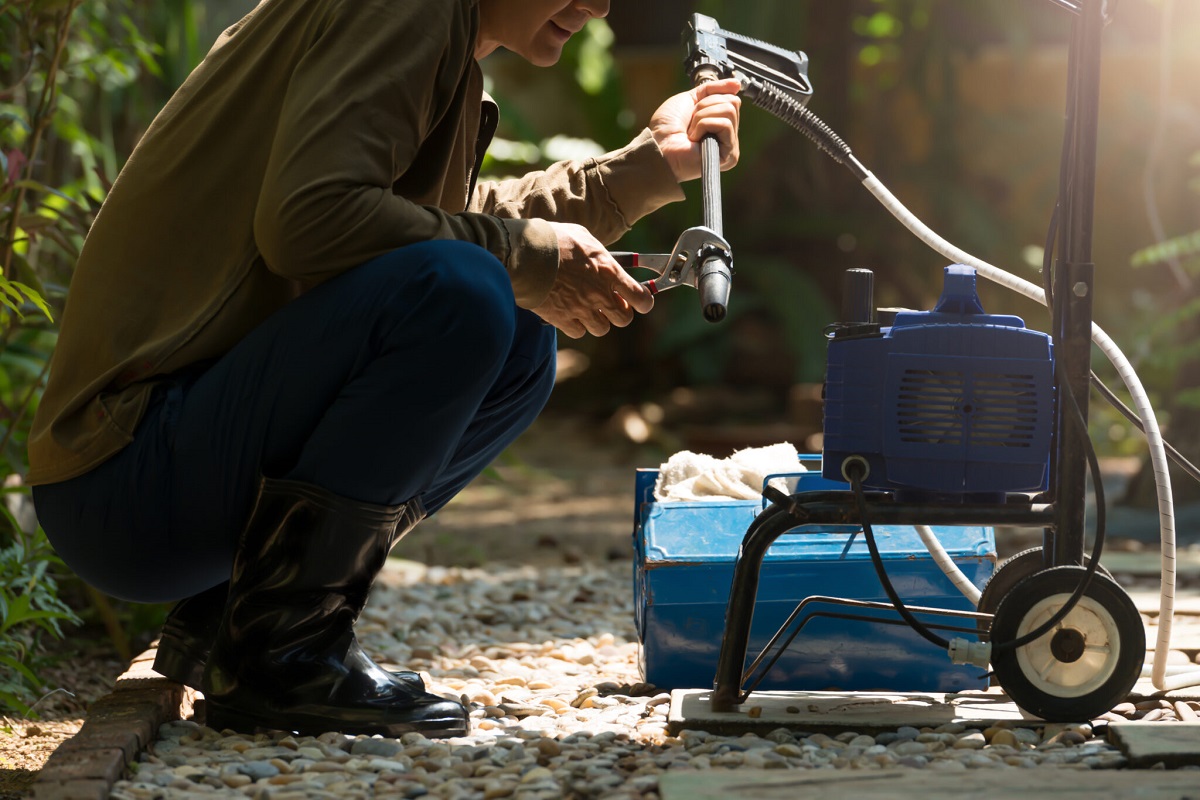
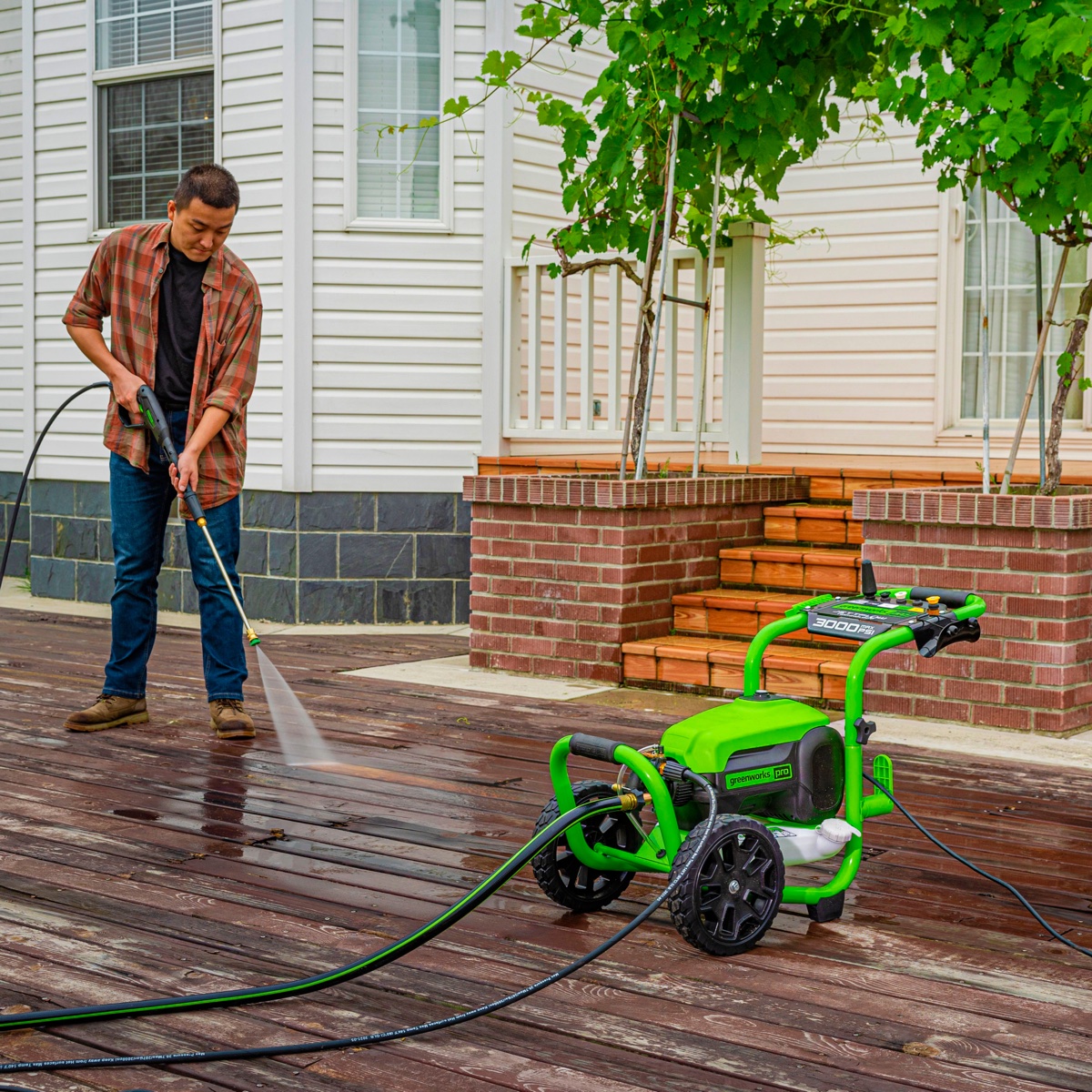
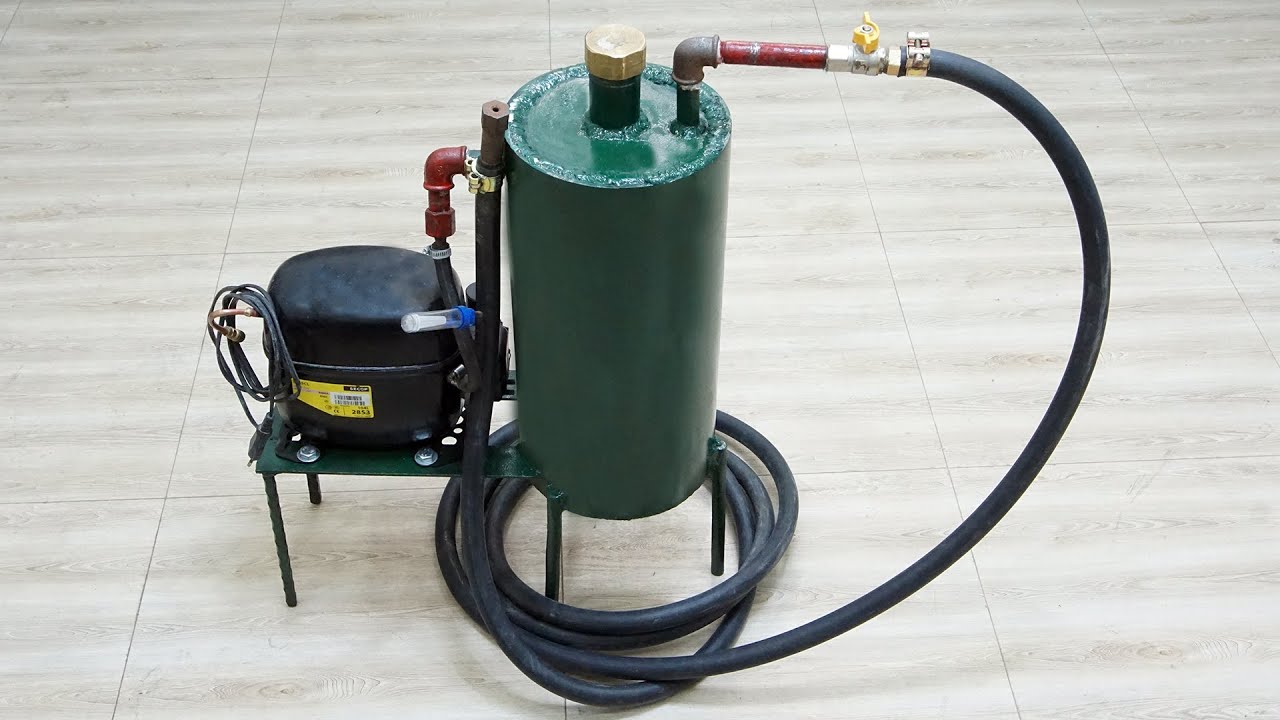
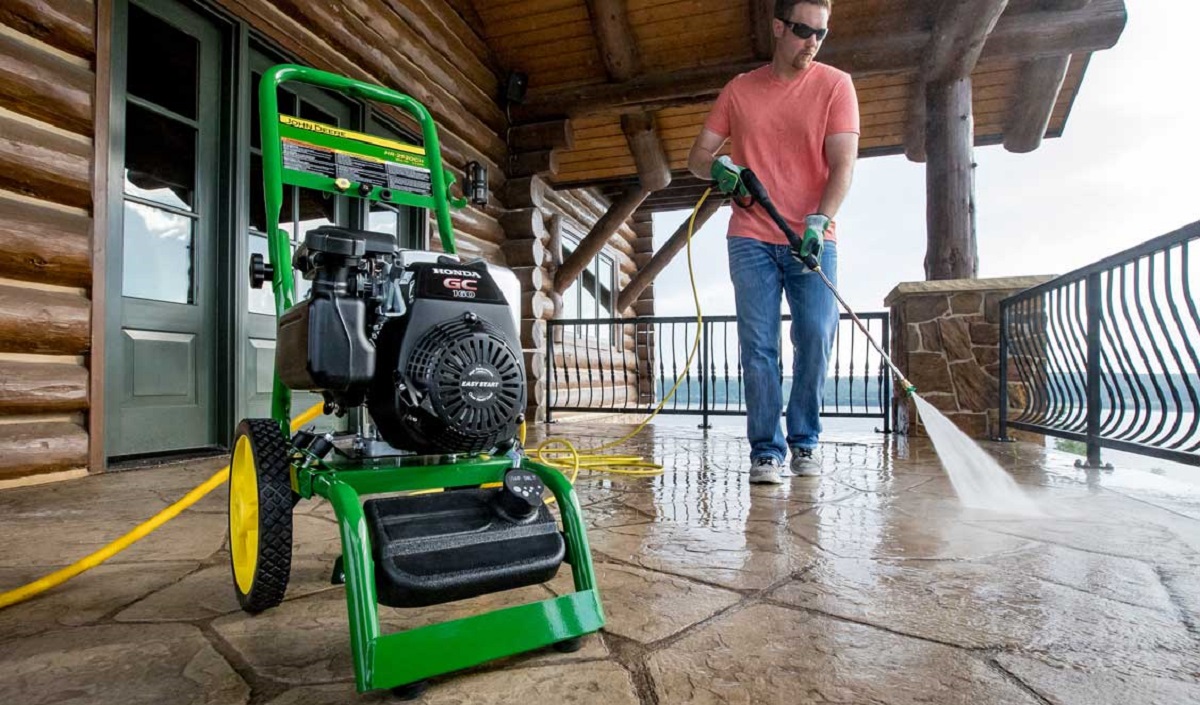
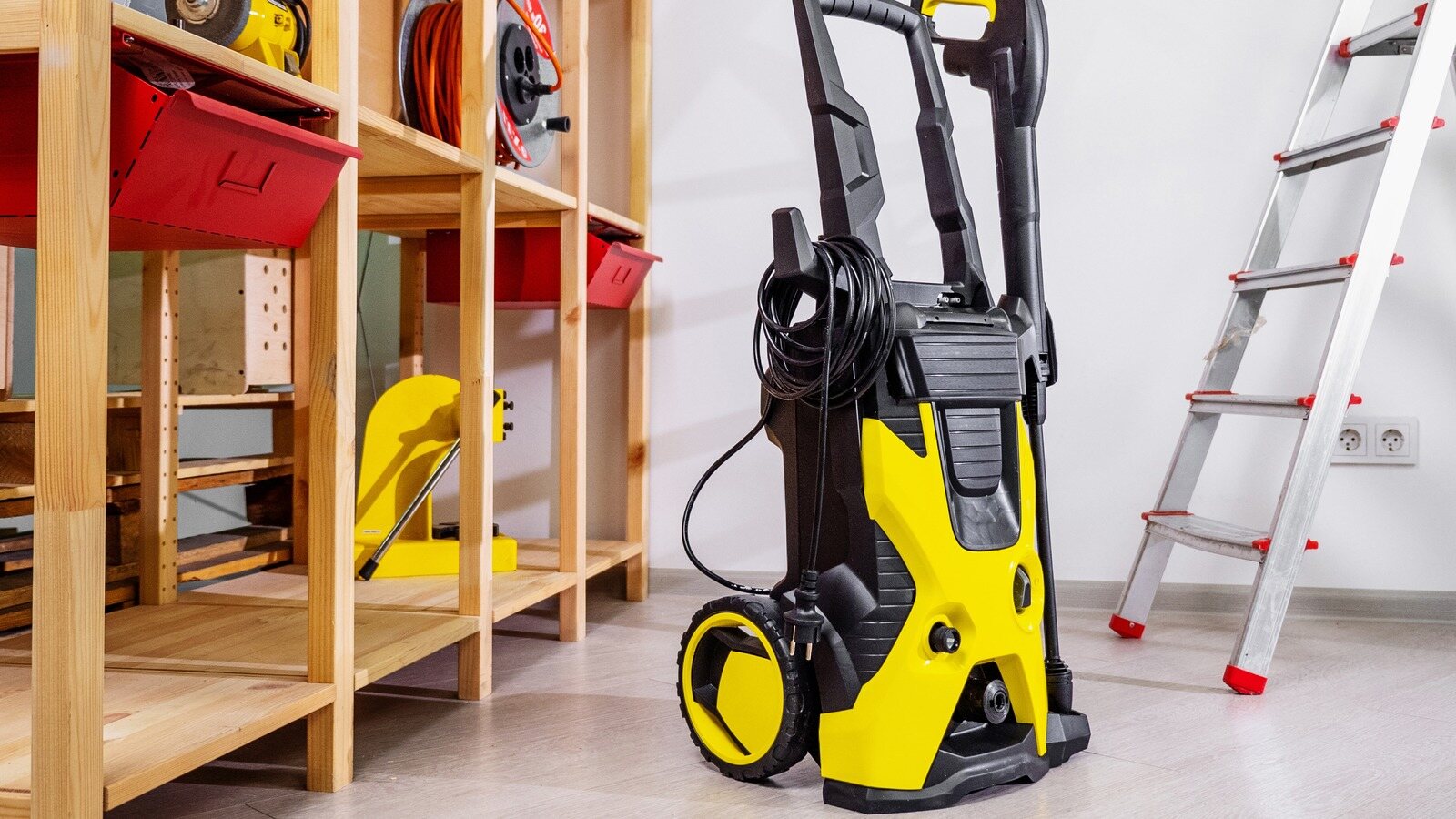
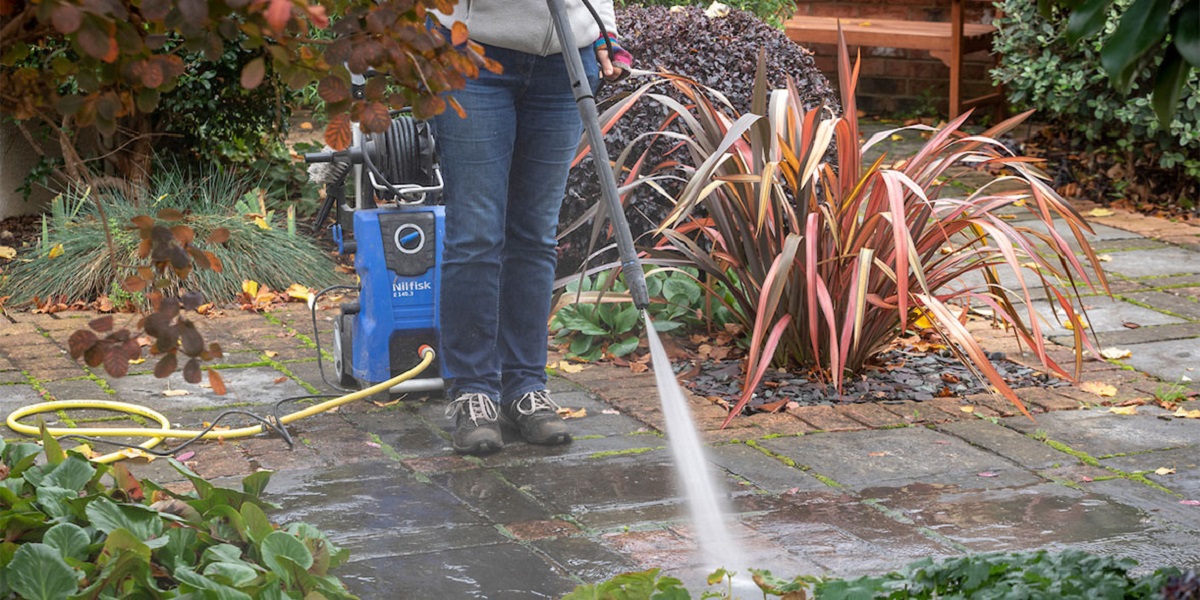
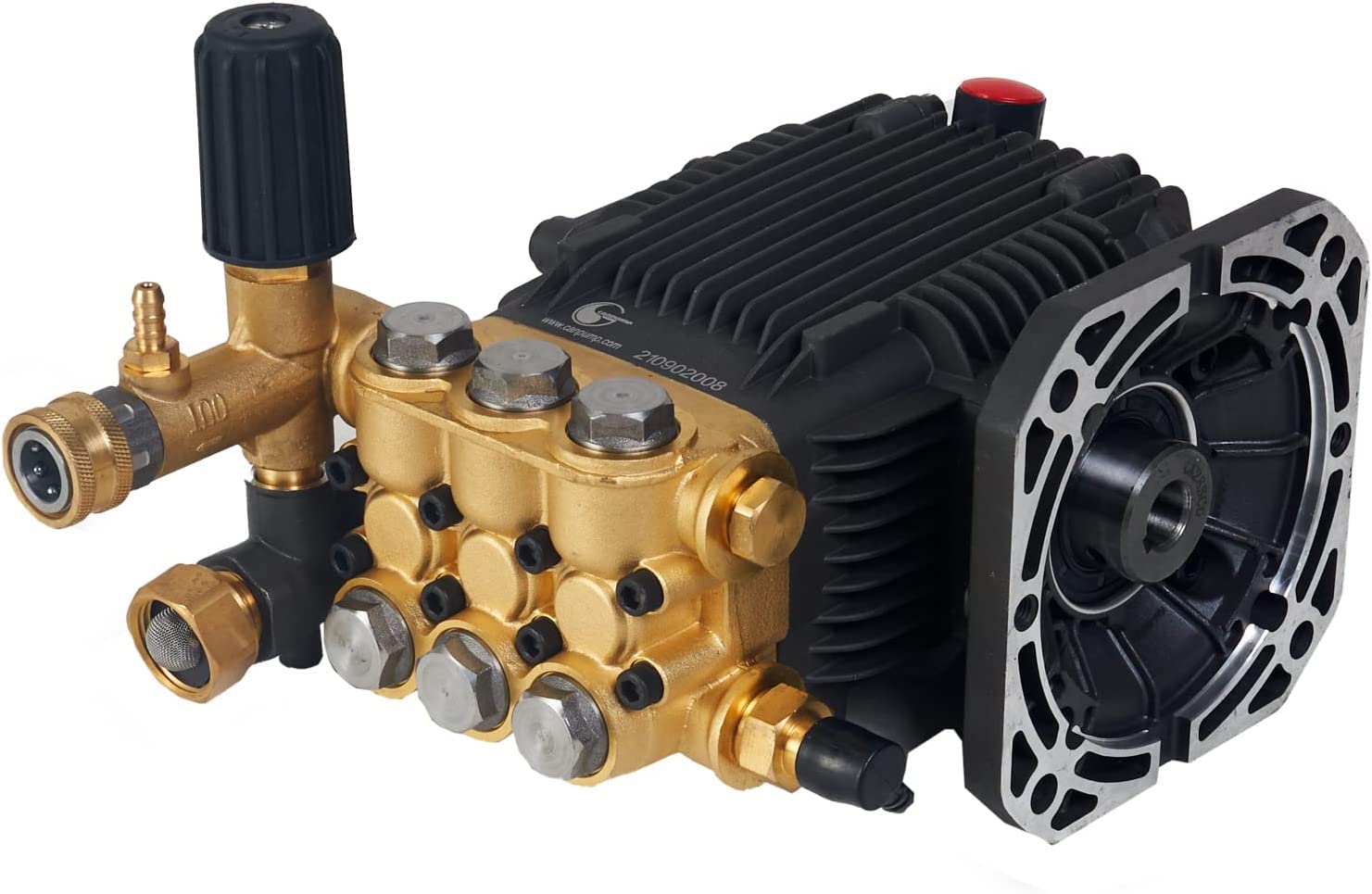
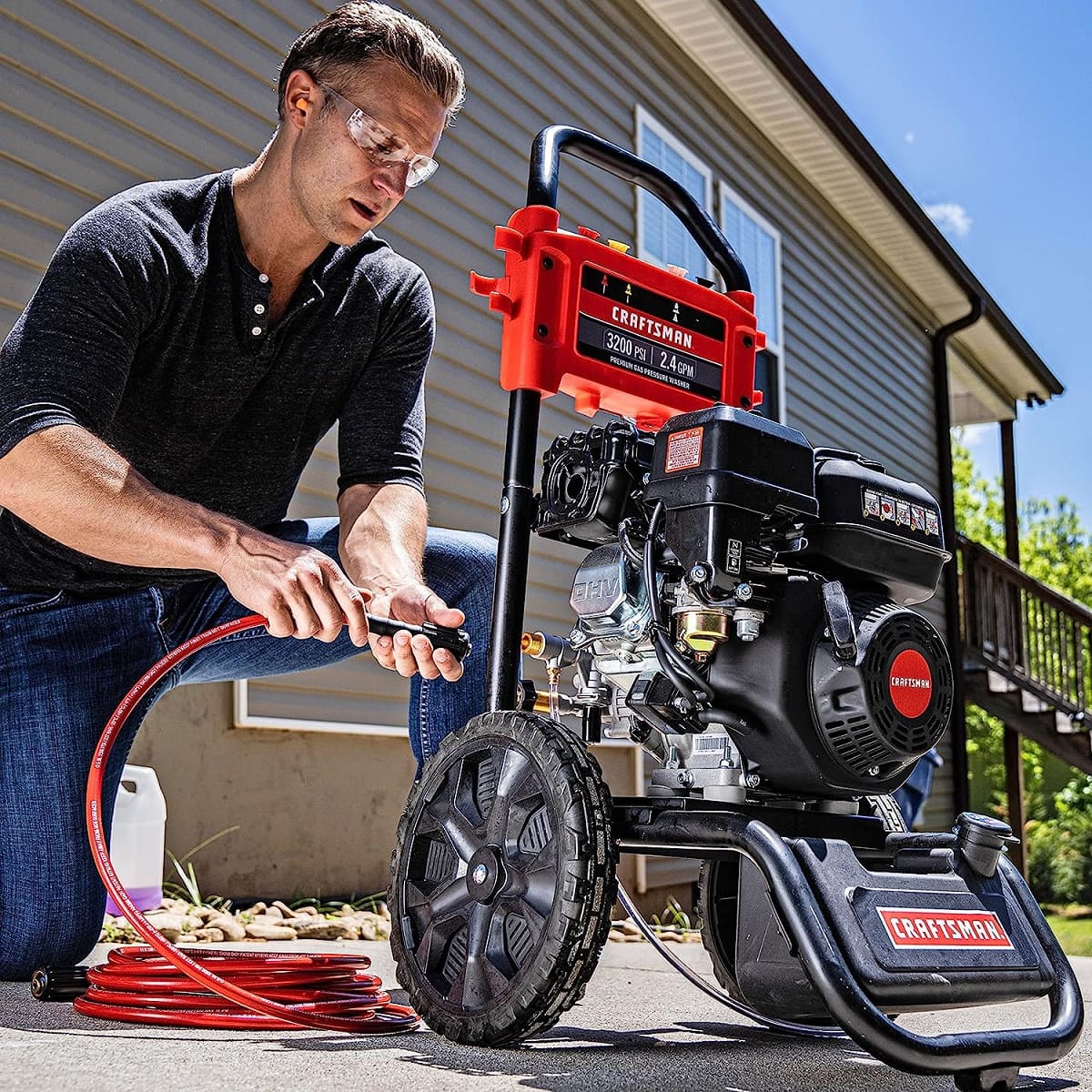

0 thoughts on “How To Adjust Pressure Washer Unloader Valve”